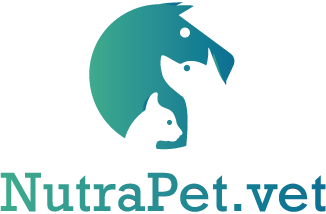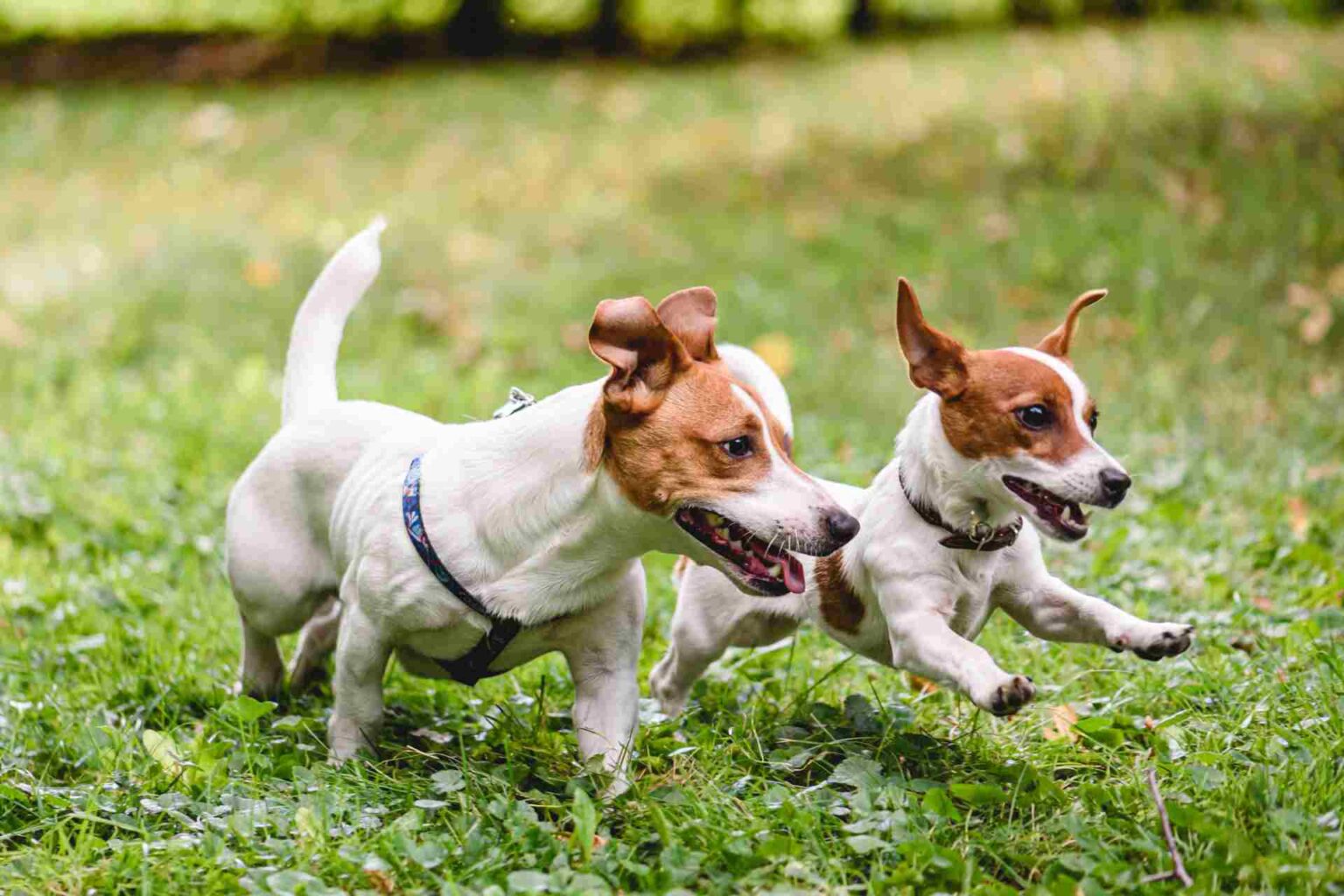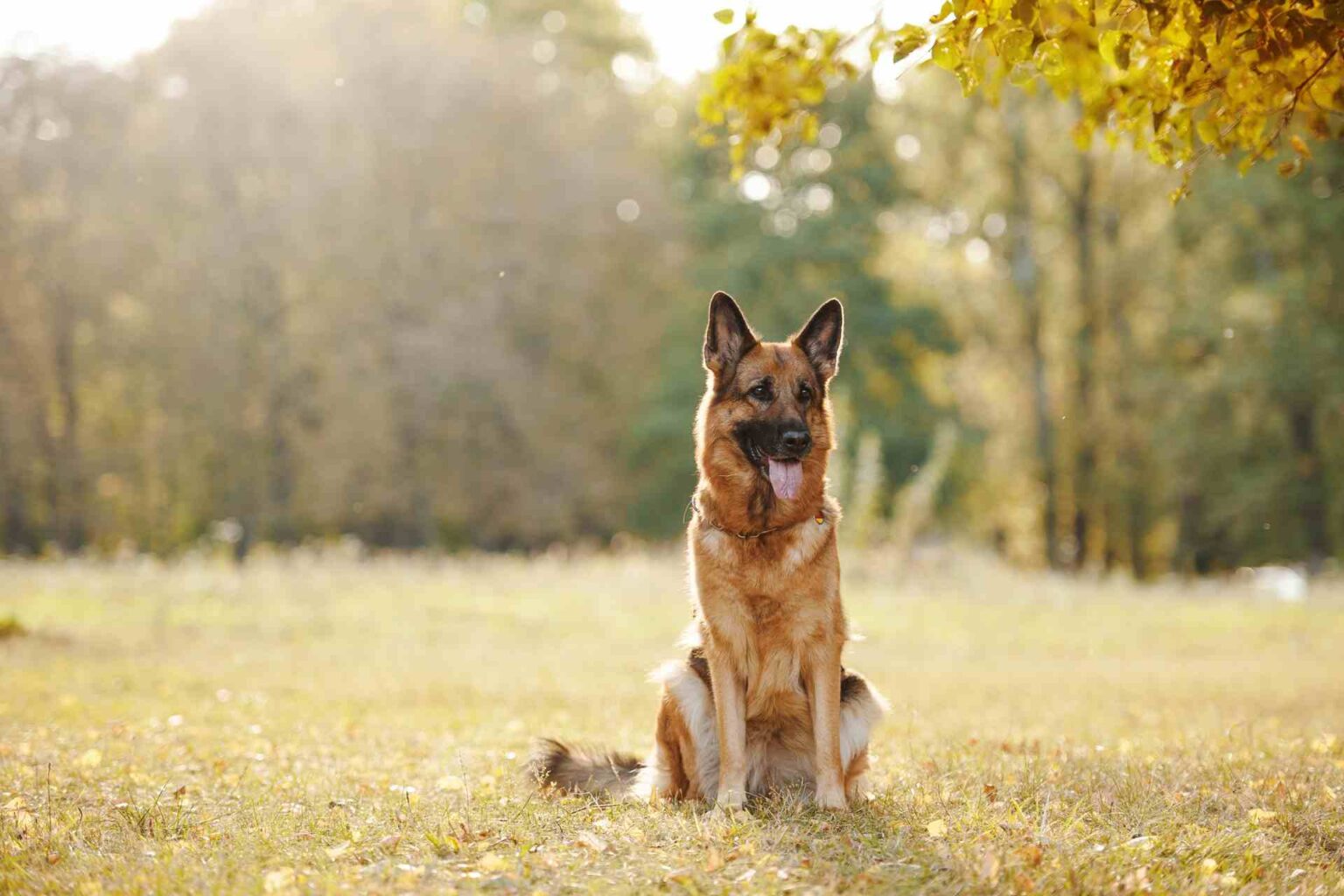Understood as the ability to move without restriction or pain, mobility in dogs depends on multiple factors such as breed, physical structure, posture, and athletic fitness.
This is clearly a factor that can affect the quality of life and the longevity of the animal itself, which in any case appears to be closely linked to a healthy lifestyle.
Therefore, the importance of promoting the most appropriate exercise for each age of the dog, but also recognizing any problems early enough to be corrected, is clear.
Authored by two researchers at the University of Pennsylvania in Philadelphia, a paper published in The Vetrinary clinics of North America. Small animals practice offers a range of considerations and suggestions on the topic, which are offered according to the age of the animal.
Carefully observe static and dynamic posture
First of all, the U.S. work underscores an aspect that is too often underestimated by suggesting that one should always look very carefully at the posture the dog takes, whether at rest (sitting, lying, standing), both in motion (while walking, running, jumping), recommending explaining to the owner how to Critically recognize any anomalies which may show musculoskeletal problems (such as front leg deviations or kyphosis of the spine).
Promoting and monitoring correct posture, in fact, can in many cases make a difference, allowing early identification of spinal stenosis or dysplasia in a puppy or reducing the risk of joint injury in a senior dog.
Another general aspect-which clearly is not so obvious-which the article stresses on more than one occasion is the maintenance of an appropriate weight, as overweight and obesity inevitably interfere with the animal’s mobility and can pave the way for a number of systemic complications.
Crucial in this key is maintaining a proper ratio of lean mass to fat mass, as well as adequate muscle structure.
The most congruent and productive exercises for every age
After a thorough examination of the topic of mobility as it relates to the various dog breeds and the specific needs of different developmental ages of the animal, with the possible pathological consequences that can occur, the author duo reviews a series of tips and recommendations based on the age of the dog, with the healthiest choices for puppies (the youngest 8 weeks to 5 months and the oldest 5 to 12 months), adolescent dogs (1 to 3 years), adult dogs (4 to 6 years), and senior dogs (7 years and older).
For each of this age group or musculoskeletal maturation, the work proposes the most congruous and productive exercises to be performed to improve and maintain the gifts of stability, balance, strength and endurance. In addition, the article, in some respects, also includes a number of cross-references to further insights that can be found in the same issue of the journal.
A commitment that must last for the dog’s entire life
The end result of the work, in essence, can be seen as a kind of vademecum on dog mobility, full of information and practical advice on the type and manner of the most useful and productive exercise for the animal, which also includes Precise guidance on the diagnostic process to be followed to identify the nature of any problems age by age.
All this is to reiterate that the promotion of mobility is closely linked to a healthy lifestyle and is an indispensable commitment that should last for the dog’s entire life, promoting its longevity while enhancing the emotional bond with its owner.
Reference
Ramos MT, Otto CM. Canine Mobility Maintenance and Promotion of a Healthy Lifestyle. Vet Clin North Am Small Anim Pract. 2022;52(4):907-924. doi:10.1016/j.cvsm.2022.03.001














